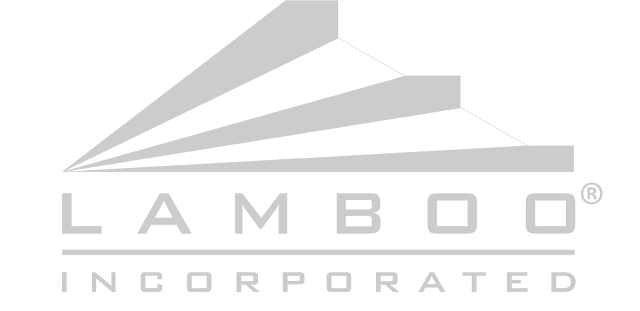At night the structure of the building is clearly visible: the main arches that span 100m across the sports hall spring from inclined concrete buttresses, while the gently curved roof panels soften the silhouette [photo by Hubert Kang].
The Richmond Olympic Oval was the largest structure to be built for the 2010 Olympic Winter Games held in Vancouver and Whistler BC. The Oval was designed to accommodate the Olympic long track speed-skating events with seating for 8,000 spectators, before being transformed into a multi-sports training and recreation facility after the Games. Located adjacent to the Middle Arm of the Fraser River minutes from Vancouver’s international airport, the facility will become the focus of a new residential and commercial neighbourhood.
With a plan area of 25,000 m2 and a total floor area of more than 47,000 m2 the complexities and scale of this building, and the need to reconcile them with the client’s requirement to achieve LEED Silver certification, meant that a truly integrated approach to design was essential from the outset. The process began with goal-setting meetings and continued at regular intervals throughout the project, at times bringing together a team of more than 25 consultants.
The building is arranged on three levels: a parking garage; a ground-oriented entry, circulation, service and amenity level; and above, the activity level including the main sports hall and a mezzanine for fitness. The vaulted sports hall with its 100m span, unique wood roof and expansive views north to the river and Coast Mountains is the architectural highlight of the project.
The concrete box formed by the lower floors acts as a rigid raft, and rests on shallow expanded-base piles that resist differential settlement in the poor soil conditions. This system is designed to maintain the tight tolerances of ice surface flatness required for international competition. The second floor slab connects opposing pairs of concrete buttresses that support the shallow arched roof and resist the large spreading loads that would otherwise be directed into the ground.
Wood Roof Structure
Composite glulam and steel arches spring from the tops of the inclined concrete buttresses to free span the width of the arena. Spanning between these arches is a novel pre-fabricated structural panel system, known as the WoodWave©. This system employs conventional light framing lumber harvested from forests devastated by the Mountain Pine Beetle.
Because it comes from a renewable resource, requires little energy to process, and has no toxic by-products, solid sawn lumber is by far the least energy intensive and least polluting of the major construction materials. With more than 450 panels covering the 2.5-hectare roof, the WoodWave© system has greatly expanded the understanding of what is achievable using conventional sawn lumber.
The V-shaped cross sectional geometry of the arches is maintained using a horizontal steel truss that creates a very stable structure and a hollow space inside, which conceals the main mechanical services. Holes drilled through the beams at intervals allow for the ventilating system to distribute warm or cold air as required, and for sprinkler lines and conduits to connect to branch lines concealed in the WoodWave© panels.
(Excerpt of article by Jim Taggart of SABMag. NOT AFFILIATED WITH LAMBOO)
This is a great example of engineered wood used within the construction
industry in the hopes of building more sustainable structures for the
future. Although this material is a step in the right direction timber
resources are continually strained due to the long life cycle and
expensive process of clearing roots and replanting. Bamboo is another
resource that could be utilized due to its remarkable growth rate (6-8
years to maturity versus 25-50 for timber) and ability to regrow from
previous root structures. Using this remarkable resource Lamboo
Technologies is able to offer an alternative to wood that is not only
more sustainable but features greater stability and performance compared to any other
plant species on the planet. Lamboo materials are manufactured through a
patented lamination process which can produce members and components to
replace wood in any application while increasing stability and
longevity. Learn more about the sustainability of Lamboo products here.
For questions regarding Lamboo, our products, or the growing importance
of bamboo in sustainable construction please visit our website at
www.lamboo.us or contact us at info@lamboo.us - 866-966-2999
of bamboo in sustainable construction please visit our website at
www.lamboo.us or contact us at info@lamboo.us - 866-966-2999
"MAKING INNOVATIVE THINKING A STANDARD" - Lamboo Incorporated
Blog by: Dustin Dennison






No comments:
Post a Comment